In the past two years, HDR has sparked a massive trend, and the enthusiasm surrounding it has been incredible. Whether online or in physical stores, HDR seems to have become a "must-have" feature for TVs. Product descriptions and buyer guides are flooded with terms like "flicker" and "enhanced visuals," but after purchasing, many consumers find that the reality doesn’t match the hype.
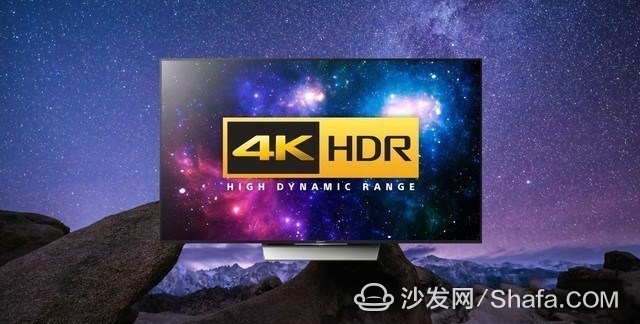
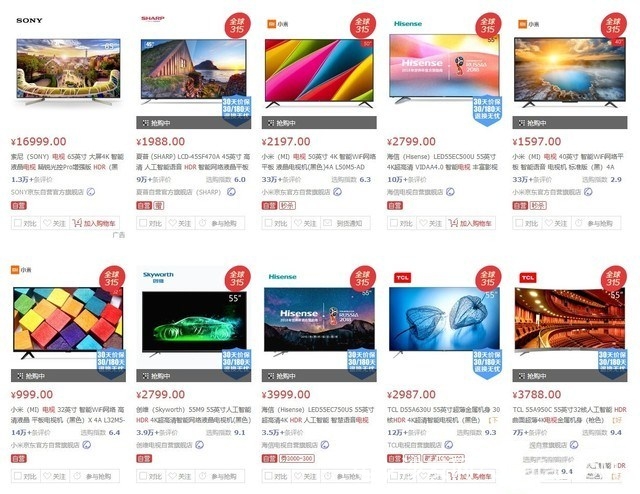
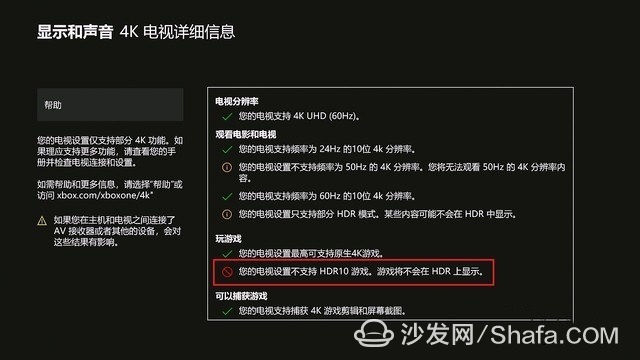
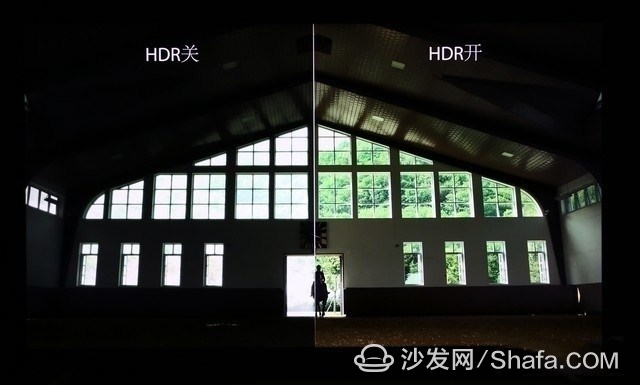
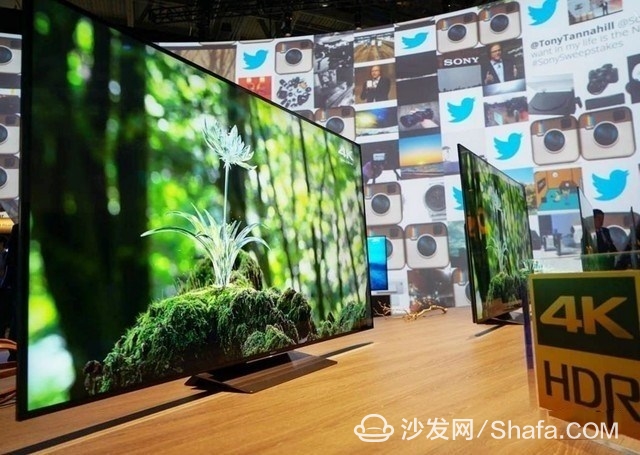
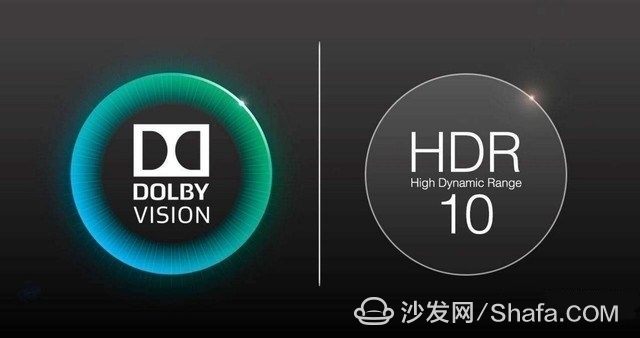
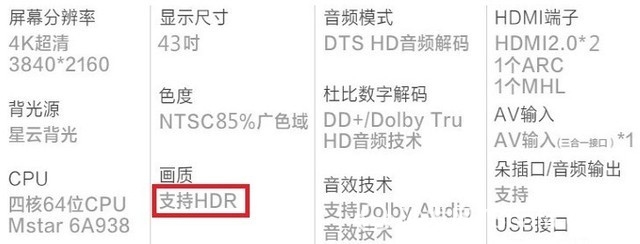

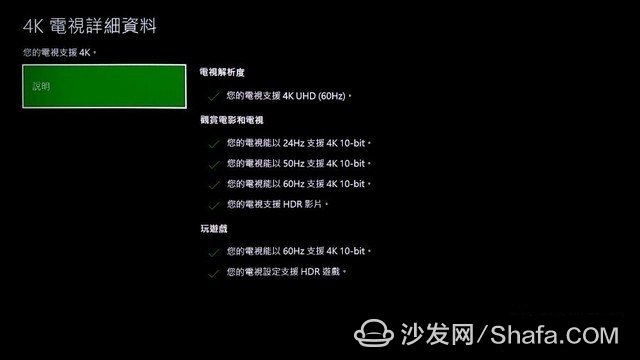

Senior players tell you: These HDR TVs can't be bought without killing
Currently, the TV market is rife with confusion around HDR. If you search for "HDR TV" on Tmall, JD.com, or Suning, you'll find models starting at just 1,498 yuan, while mainstream options hover around 5,000 yuan. Some high-end models even reach tens or hundreds of thousands. The price range is vast, making it hard to distinguish real HDR from fake.

Searching for HDR TVs in E-commerce: Prices Can Be Different
Many people end up buying so-called "HDR" TVs only to discover they don't support key formats. One user shared that he bought a 4K TV expecting to enjoy HDR gaming on Xbox, only to find out it didn’t support HDR10 at all. This highlights the importance of understanding what exactly HDR means and which standards your TV supports.

Originally wanted to buy HDR TV Xbox, found that does not support HDR10 game at all
HDR technology is still in its early stages, and there's no clear industry standard. This has led to a lot of confusion among consumers. There are three main HDR formats: HDR10, Dolby Vision, and HLG. Each has different features and compatibility, and choosing the right one depends on your needs—whether you're a gamer, a movie lover, or just looking for better picture quality.

The ultimate goal of HDR technology is to make the picture we see on TV closer to the real world.
HDR aims to bring more realistic visuals by enhancing brightness, contrast, and color accuracy. However, not all TVs that claim to support HDR actually meet the necessary standards. Some are just marketing gimmicks, offering minimal improvements or none at all.

TV HDR technology has no uniform industry standards
For gamers, HDR10 is the most widely supported format, as it’s used by both PS4 Pro and Xbox One X. For Blu-ray enthusiasts, HDR10 is also the standard, though some discs support Dolby Vision. It’s crucial to know which standard your TV supports and whether your content does too.

Two common HDR video formats
Some TV manufacturers don’t specify which HDR standard their product supports, making it difficult for consumers to make informed choices. While brands like Samsung, Sony, and LG clearly state their HDR compatibility, others remain vague, leaving buyers unsure.

Some brands of TV product introduction pages only say "support HDR" does not explain standards, intentions
If you're serious about HDR, it's best to test the TV in person. Connect it to a gaming console or a 4K Blu-ray player to see if it supports HDR properly. Cheap HDR TVs often lack the necessary hardware to deliver a meaningful improvement in picture quality.

Cheap HDR TV doesn't exist at all
To sum up, a true HDR TV should offer high brightness, wide color gamut, and support for the correct HDR standard. Brands like Sony, LG, and Samsung offer reliable options, but they come at a premium. If you're looking for an affordable option, you may be disappointed with the results.

Qualified HDR TV should be like this
Ultimately, HDR is a powerful technology, but it comes with a high cost. Don't expect to get great results from a budget TV. If you're serious about picture quality, invest in a genuine HDR TV. Otherwise, you might end up with a disappointment.Conecting Terminals Without Screws
Conecting Terminals Without Screws,Cold Pressing Terminals,Low Pressure Cold Shrinkage Terminal,Cold Shrinkage Cable Terminals
Taixing Longyi Terminals Co.,Ltd. , https://www.txlyterminals.com